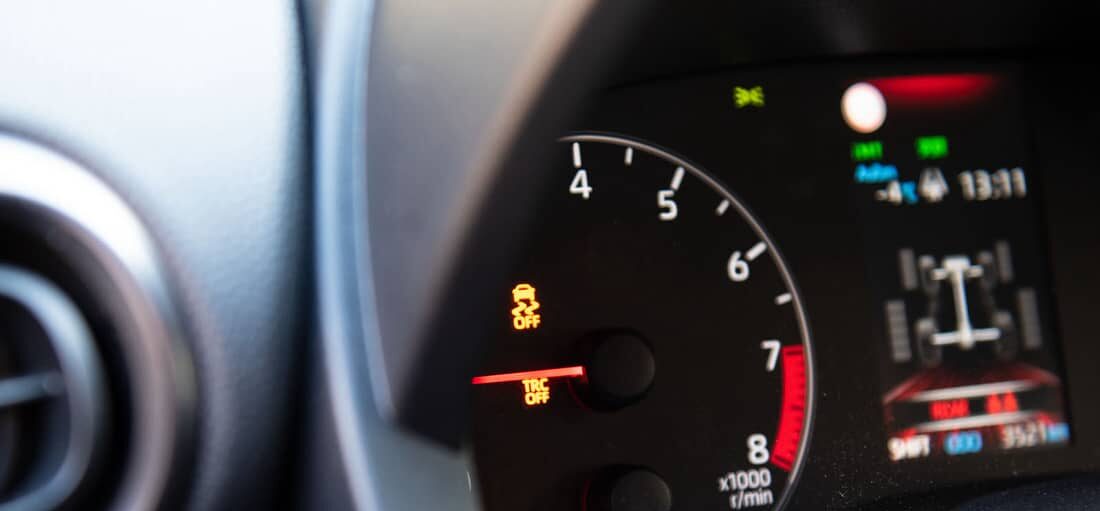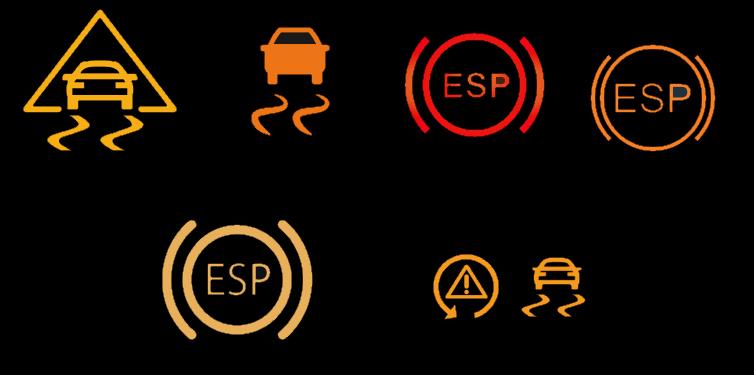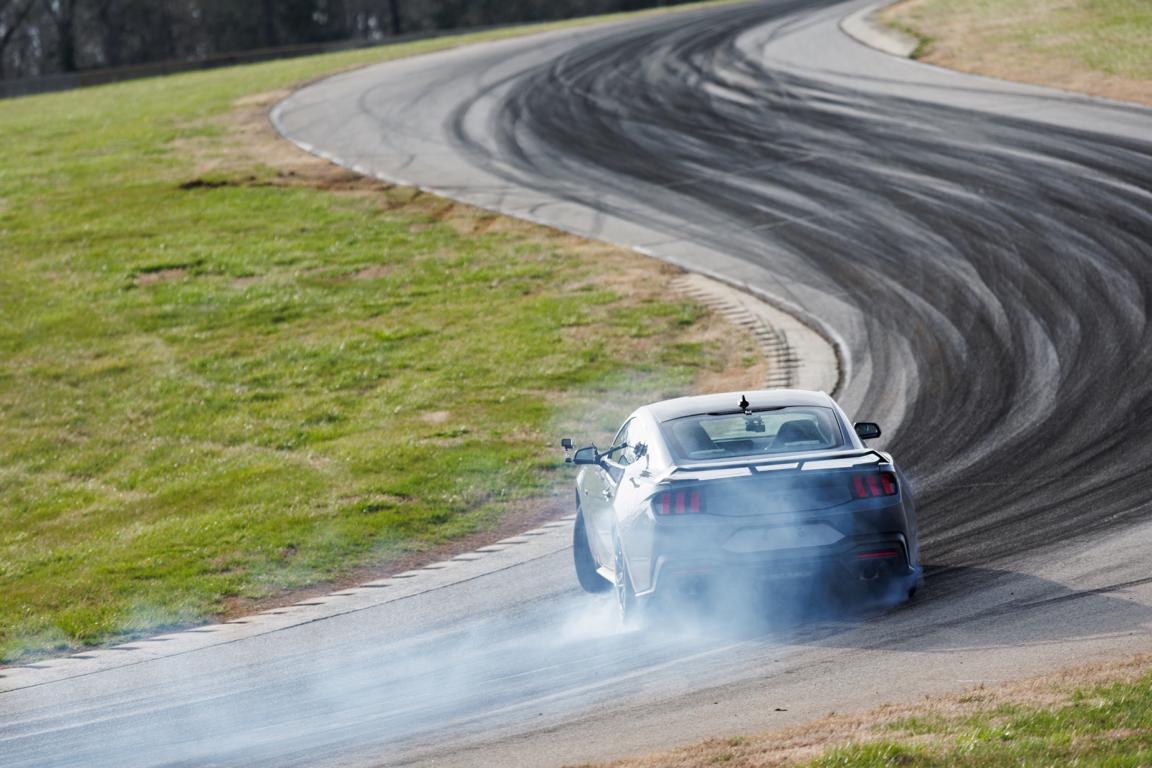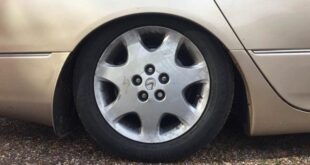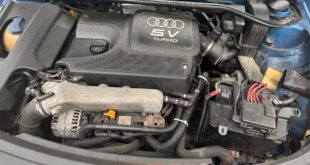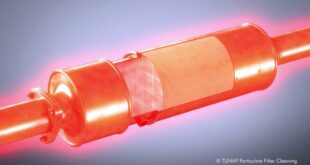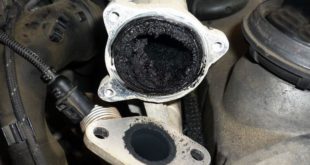In today's technology-driven automotive world, the electronic stability program (ESP) plays a central role in vehicle safety. ESP, also known as the Electronic Stability Control (ESC) system, uses sophisticated sensors to monitor the vehicle's movements and to be able to intervene if it gets out of control. For example, it can prevent uncontrolled slipping or skidding. However, there are scenarios in which drivers would like to permanently deactivate the ESP, which is often discussed controversially in the industry.
Disable ESP
In many vehicles, the ESP can be deactivated or at least restricted by pressing a specific button or selecting a specific option in the infotainment system. As a rule, however, the ESP is automatically reactivated as soon as the vehicle is restarted. Permanent deactivation is not provided as standard in many vehicles. In certain cases, such as driving on loose surfaces such as snow or sand, disabling ESP can be helpful as this allows the vehicle to generate more traction. Sometimes the ESP also wants to switch off for sporting activities such as drifting or racing. However, it should be emphasized that this should only be performed by experienced drivers in controlled environments such as a racetrack.
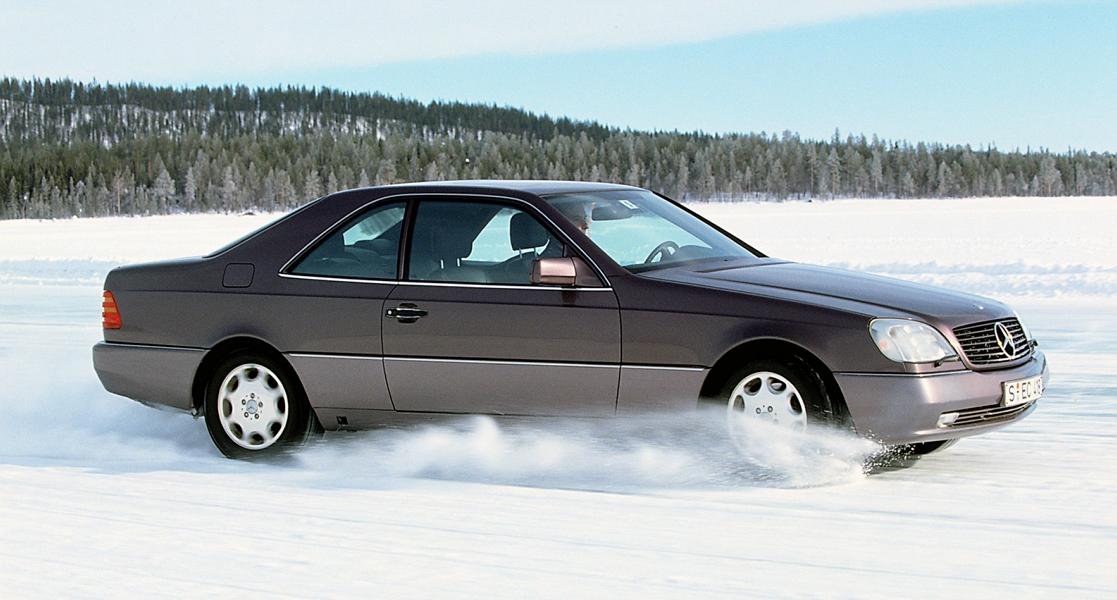
The options for permanently deactivating the ESP are limited and often require a change in the vehicle electronics. Some people resort to so-called "ESP Kill Switches" that allow the system to be permanently turned off. However, these modifications are sometimes complex, require a high level of expertise and can make the vehicle unsafe. On the other hand, there are also special diagnostic and programming tools with which the ESP can be permanently deactivated. Such tools allow technicians to change the vehicle's software and turn off the ESP. However, this is a profound measure and such changes may void the vehicle's warranty and affect its safety.
The debate about deactivating the ESP goes beyond technical and practical issues and also touches on ethical and legal aspects. Experts argue that drivers should have the right to configure their vehicles however they want, as long as they don't endanger the safety of others. On the other hand, proponents of ESP argue that the system is crucial in preventing accidents and that its deactivation should therefore not be allowed. Legal regulations regarding the deactivation of the ESP also vary worldwide.
| Benefits of Deactivation | Disadvantages of deactivation | |
|---|---|---|
| 1. | Improved traction on loose surfaces (e.g. snow, sand) | Increased risk of accidents due to loss of control |
| 2. | Opportunity for sporty driving maneuvers (e.g. drifting) | Loss of vehicle safety functions |
| 3. | Potential fuel efficiency improvement | Loss of vehicle stability during abrupt steering manoeuvres |
| 4. | Increased control over vehicle handling | Potential vehicle warranty void if vehicle software is modified |
| 5. | Allows specific adjustments adapted to the driving style | Legal consequences of non-compliance with laws and regulations |
ESP kill switches
An ESP Kill Switch is a modification that allows a vehicle's Electronic Stability Program (ESP) to be permanently disabled. The term "kill switch" refers to a switch or button designed to quickly and completely turn off a machine or system. Regarding the ESP, a kill switch would be a modification that usually requires a physical change to the vehicle. This could include adding an extra switch or reprogramming the vehicle's electronics.
ESP Kill Switches, ESP Deactivation Switches, ESP Off Switches, ESP Deactivation Devices, ESP Shutdown Switches, ESP Off Switches
When the ESP Kill Switch is actuated, the ESP system is switched off and remains switched off even after the vehicle is restarted. This distinguishes this modification from the usual temporary deactivation of the ESP, which is available as standard on most vehicles. However, it is worth emphasizing that installing an ESP Kill Switch is not recommended in most cases as it may compromise the safety of the vehicle. ESP is an important safety system designed to stabilize the vehicle in certain potentially dangerous situations. Deactivating this system may increase the risk of accidents.
ESP off, especially popular for off-roading!
Deactivating the Electronic Stability Program (ESP) can have advantages when driving off-road. On loose or slippery surfaces such as mud, sand or snow, the ESP can sometimes be a hindrance, as it reduces engine power or intervenes on the brakes to stabilize the vehicle if it detects slip. This can cause the vehicle to become stuck or not have enough traction to move. Without ESP, it can develop more slip, which is often necessary to progress on these surfaces. Also, disabling ESP can give drivers more control, which can be beneficial in difficult off-road conditions. Therefore, deactivating the ESP in the terrain (when off-roading) is extremely popular.
Defective / deactivated ESP and the HU?
According to the technical test standards in many countries, including Germany, the electronic stability program (ESP) on vehicles equipped with it must function properly in order to pass the main inspection (HU). If the ESP system is faulty or a warning light is displayed on the dashboard indicating a problem with the ESP, the vehicle will fail the HU. Regarding a permanent deactivation of the ESP, it depends on the country's specific regulations and test standards whether this affects the HU rating. In Germany, for example, the mandatory safety systems, including ESP, must be fully functional. A vehicle with a permanently deactivated ESP will therefore not pass the HU.
Ways to disable ESP!
Deactivation of the electronic stability program (ESP) can be done in different ways, however, these procedures are often technically complex and should always be carried out with safety aspects in mind. It is also important to remember that some methods can have legal consequences and will void the vehicle's warranty. The following common methods:
- pull fuse: One way to disable the ESP is to remove the fuse for the system. This effectively turns off the ESP, but other systems powered by the same fuse could also be affected. This could affect other aspects of vehicle performance and is not recommended.
- Install ESP Kill Switch: As previously mentioned, an ESP Kill Switch allows the ESP to be turned off permanently. However, this modification can be complex and should only be performed by qualified technicians.
- Pull off the brake pressure sensor: The brake pressure sensor is an important part of the ESP system. Removing or unplugging the sensor can render the ESP inoperable. But this method can be dangerous as it can affect the entire braking system of the vehicle.
- Reprogram control unit: Special diagnostic tools can be used to reprogram the vehicle's ECU to permanently disable ESP. This method requires special knowledge and skills and may also void the vehicle's warranty.
It cannot be overstated that such tampering with vehicle electronics should only be performed by professionals and can be potentially dangerous. ESP is a safety system designed to stabilize the vehicle in certain situations. Therefore, disabling this system should be carefully considered and only done under certain circumstances.
The following note is essential: For safety reasons, tuningblog recommends all repair, inspection and maintenance work exclusively to be carried out in a specialist workshop! Although our information is summarized to the best of our knowledge and belief, we cannot assume any liability for the content. All information is therefore "without guarantee".
Of course, that wasn't the end of it!
In this tuningblog category you will find guides and instructions for common vehicle defects, repairs and the installation of accessories/tuning parts. We explain common defects, their signs and repairs in a simple and understandable way. In our instructions, we often give initial cost estimates. Our Auto Repair Guide gives you a knowledge advantage for the workshop visit, possibly saves troubleshooting and enables self-repairs. We also provide instructions for accessory/tuning parts. More posts are available. Below is an excerpt of the latest, and HERE are all instructions.
other related posts
|
Defective Air Suspension/Level Control: Fix, Disable, or Replace? |
Deactivate / shut down the secondary air system from the engine - the info! |
 tuningblog.eu Your magazine about tuning the car
tuningblog.eu Your magazine about tuning the car
